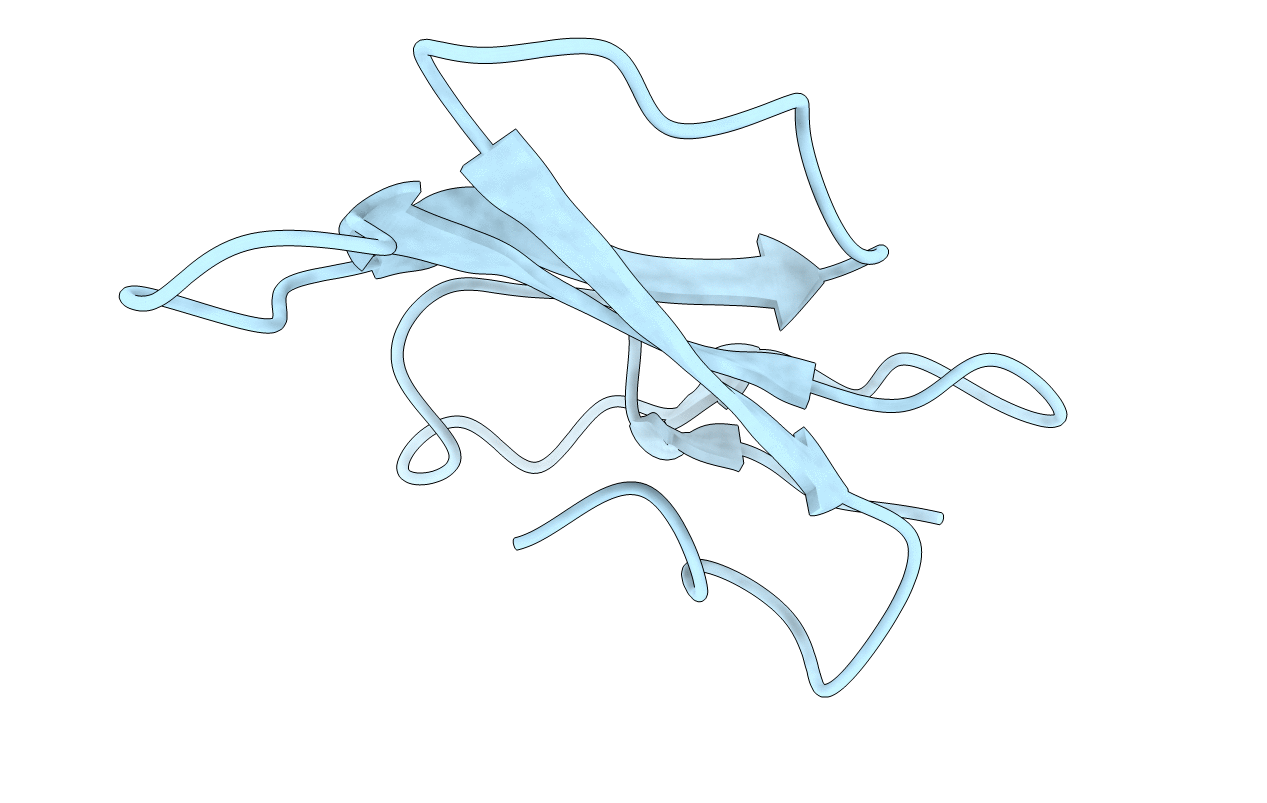
Deposition Date
1992-08-07
Release Date
1993-10-31
Last Version Date
2024-10-16
Entry Detail
PDB ID:
1FAS
Keywords:
Title:
1.9 ANGSTROM RESOLUTION STRUCTURE OF FASCICULIN 1, AN ANTI-ACETYLCHOLINESTERASE TOXIN FROM GREEN MAMBA SNAKE VENOM
Biological Source:
Source Organism:
Dendroaspis angusticeps (Taxon ID: 8618)
Method Details:
Experimental Method:
Resolution:
1.80 Å
R-Value Work:
0.14
R-Value Observed:
0.14
Space Group:
P 41 21 2


